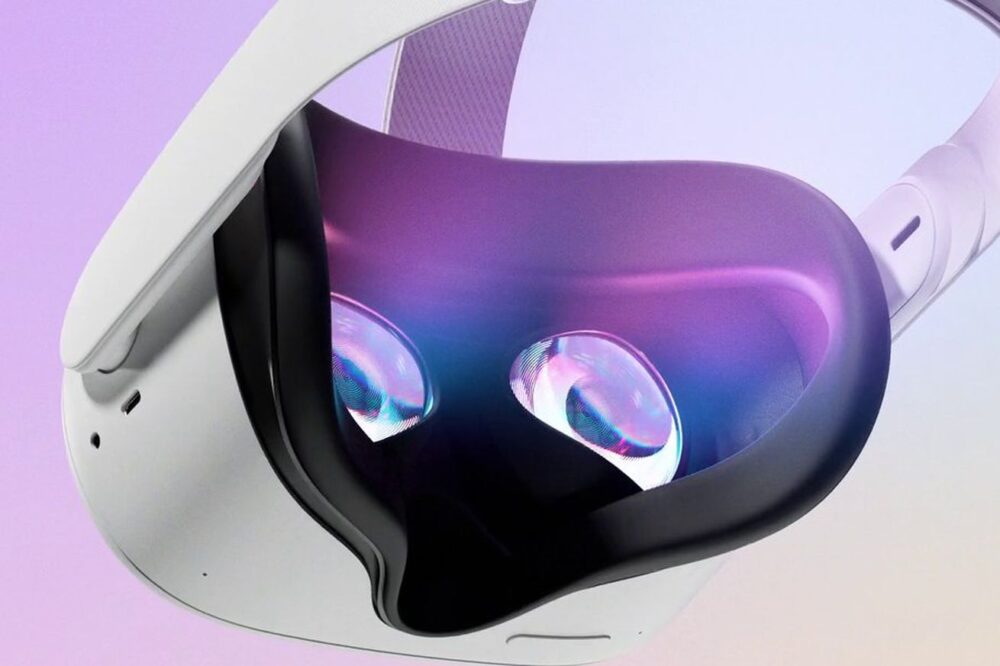
Virtual reality is already a part of our lives – we mention it in different contexts. The VR industry is developing so fast that it is hard to keep track of it: people do not always (or not completely) understand what we are talking about. Confusion is also created by the large number of acronyms: VR, XR, MR, CR, and AR. At first glance it is difficult to understand them, but in fact it’s not that complicated. The important thing is to put the pieces in order.
Brief Background
There’s some debate about when humanity first started talking about the possibility of virtual realities. Some say ancient religions are at the origins of the concept, while others point to Greek and Roman thinkers. The closest to predicting the emergence of such technology were the philosophers of the Renaissance and Enlightenment. Nevertheless, even their definitions are far from modern.
The modern interpretation of the concept came up in the 40-ies of XX century, which contributed to the development of cinema. Already in the 50s and 60s there were patented devices that were remotely reminiscent of VR-helmets. These devices were either stereoscopes (simply put, the technology now used in 3D cinemas) or glasses with a built-in display.
What is virtual reality
In the modern sense of the term, virtual reality is a computer simulation, an artificial world in which three-dimensional space is simulated.
The main feature of virtual reality is that people can perceive the virtual world with their senses. We are talking about visual, auditory, tactile, olfactory images. In this case, it is important plausibility of such an imitation, so that a person plunged into the virtual world as much as possible.
Another important feature is the interactivity of the virtual space. The user must be able to interact with it and influence it, and the result of the interaction should be predictable.
Virtual reality should not completely copy the real world and its laws. Its task is to influence the human senses – in other senses it can mean anything.
About the development of technology
Twenty-twenty-five years ago we called the Internet a virtual space, and everything that happens inside a computer. This definition was wrong even then, and it’s even wronger now.
When three-dimensional video games started appearing, we started saying that there is a virtual world inside of them. That is the right definition. We are talking about Desktop-based reality, that is, a virtual world created by the computer.
You can call a video game a virtual reality, but again, that’s in the past. Nowadays, no one is surprised by the picture on the monitor, and when they talk about VR and related technologies, they do not mean the screen at all.
Modern VR is either full immersion into the artificial reality with glasses or helmet (actually – VR), or the interaction between the artificial and “real” realities (MR, XR, AR) with the help of third-party gadgets. This is the context in which the concept of virtual reality is used.
Why it’s important to distinguish the concepts
There are a lot of approaches to reality simulation, and the concepts can be very different from each other. We can’t call every technology a VR’m, as the degree of human immersion into the artificial reality is different, and the devices used for this are different.
When we say VR, XR, AR, MR or CR we mean different things. So the large number of definitions is a real necessity, not a marketing ploy.
VR
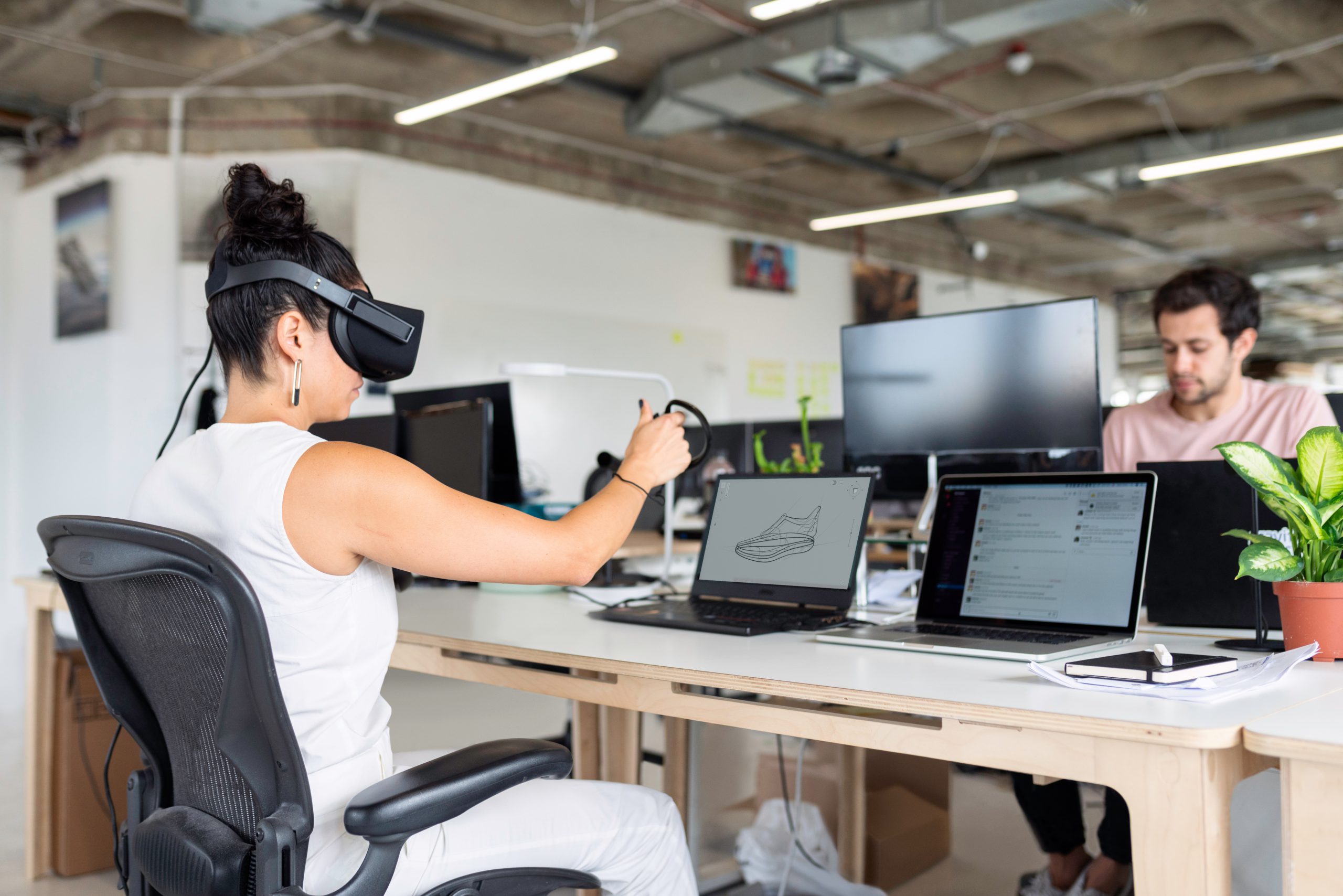
VR (Virtual Reality) is a technology involving complete human immersion in virtual reality. The virtual world is created by a computer, and all changes within the world are processed in real time.
Modern VR has the following distinctive features:
- Sensory deprivation of users from external stimuli. We are talking about the use of headphones, VR-helmet with a built-in display, the use of special gloves (or even clothes) to simulate tactile sensations. The aim is to shield people from the real world as much as possible and immerse them in the virtual reality;
- Tendency towards complexity. Virtual worlds get more elaborate. In new video games or simulators you can turn your head up to 360 degrees, and interact with the objects around you. Controls are becoming more complex. Moreover, it is already common to have to walk in the real world in order to navigate in the virtual world. Again, this is about immersion – to bring the user deeper into the new reality, makers and developers are trying to get rid of the use of conditional buttons, like on the keyboard;
- Use of complex software and hardware. We’ve gotten more demanding in terms of graphics quality and believability of the virtual world, and it’s getting harder to simulate reality by having programmers write lots of code, and we need high power computers to use the technology.
As you can see, the technology has gotten quite complicated. That is why we can call the world in the old Doom, Quake or Half-Life a virtual world, but it is not necessary – the new technology has completely replaced the old one, and the meaning of the concept “VR” has changed.
Modern VR has become mainstream. Although a full-fledged VR-experience is not cheap (VR-helmet and sensors for controlling + powerful computer are relatively expensive), but if you want it is available to everyone. In fact, owning a VR helmet in 2020 is like owning a computer in the 90s.
Where is VR used
In a nutshell, VR is most often used either in the entertainment industry or for applied (educational, industrial) purposes.
In the first case, we are talking about video games (just look at the recent excitement around the release of HL:Alyx – the most popular and well-researched game for virtual reality). In addition, VR is also used in interactive cinematography.
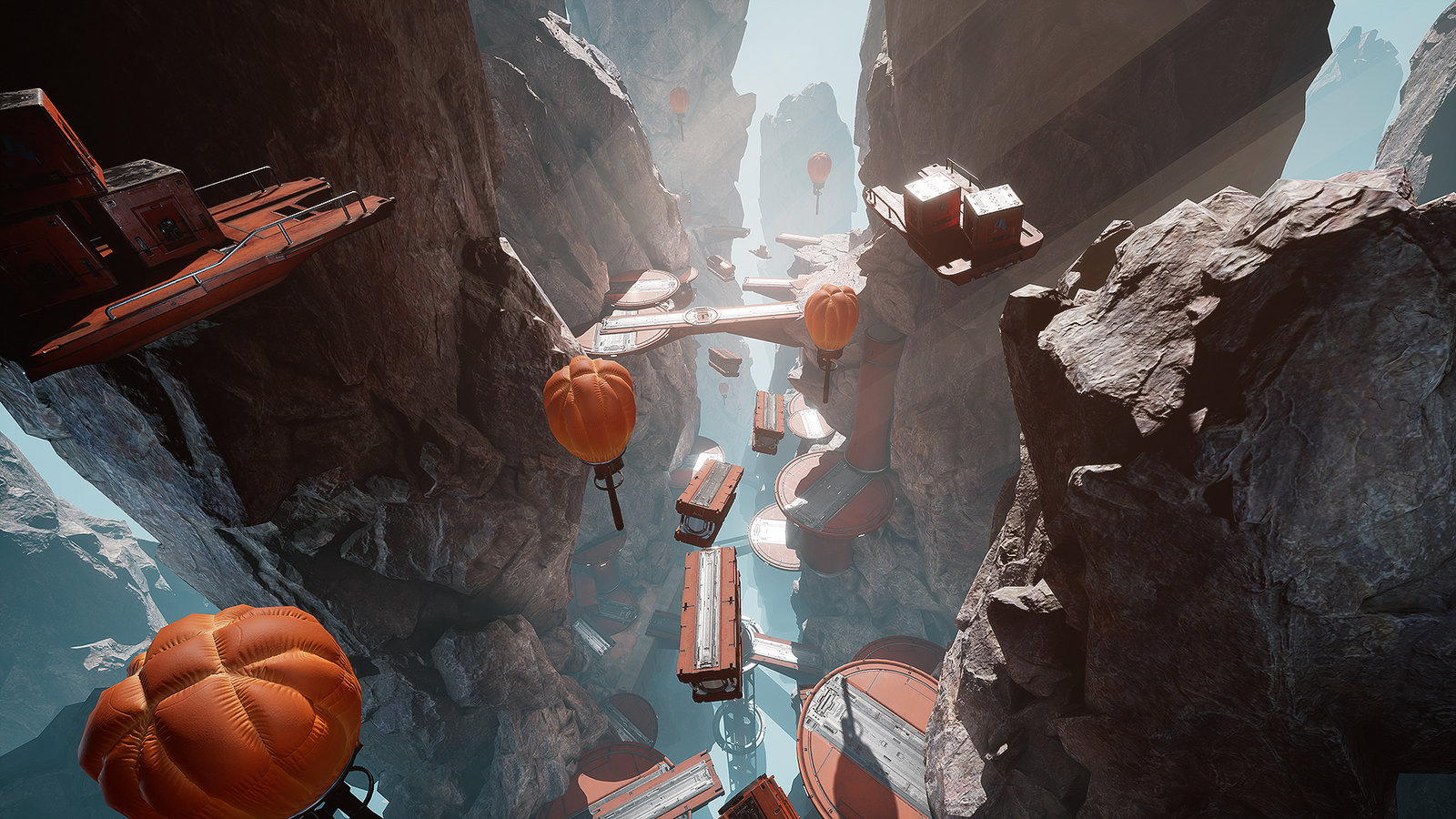
VR began to be used for educational purposes almost earlier than for entertainment. The brightest example is flight simulators. Virtual airplanes are no easier to control than real ones, and novice pilots get full experience and knowledge without risking their health and expensive equipment. In addition, VR is already being used to train doctors, soldiers, astronauts and even engineers.
Artificial simulations are used by scientists to simulate hypothetical situations, predict events in terms of physics, chemistry or biology, and study certain phenomena. In this case, virtual reality is as close to the real world as possible, at least – its laws approximately copy the laws of the real world.
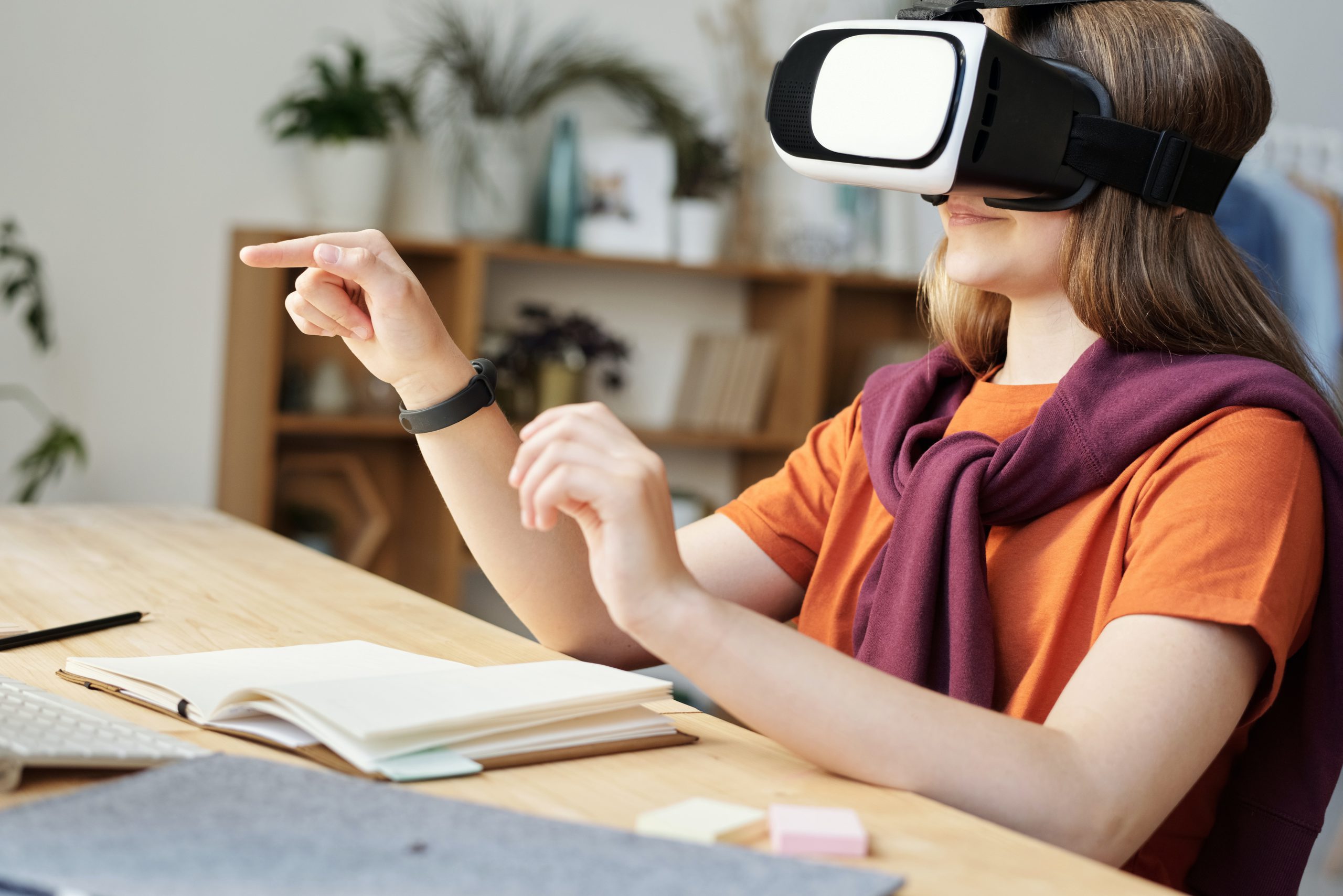
There is another common example of VR applications. We are talking about VR-cameras that allow you to capture the real world and translate it into digital 3D space. For example, you can walk around the streets of different cities using Google Maps, or visit a museum from the comfort of your own home. VR can also be used to take panoramic (360 degree) videos. Examples of such videos can be found on YouTube.
How to get a VR experience
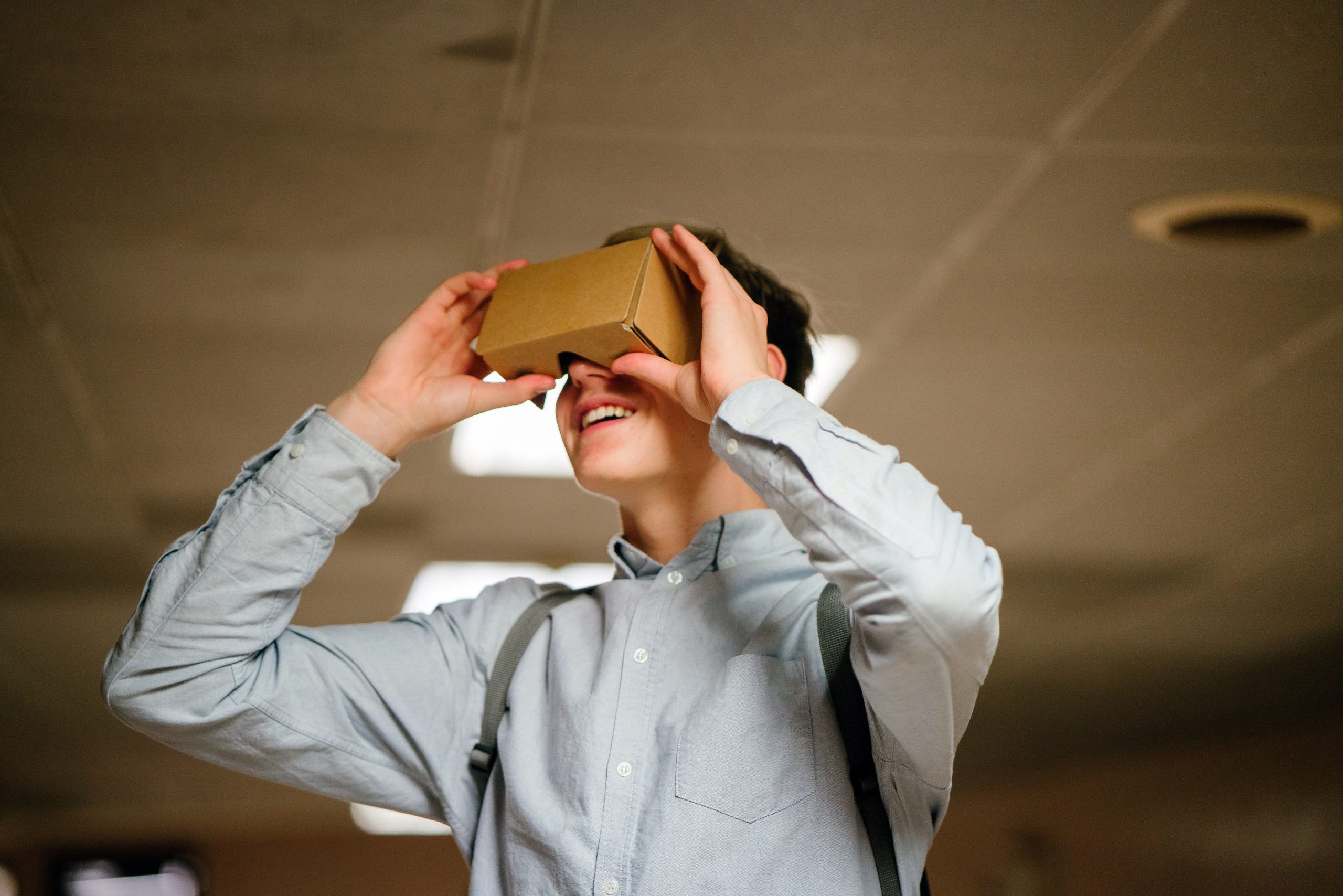
The easiest way is to make your own helmet glasses. You can use the Google Cardboard project. A smartphone is inserted into the homemade glasses, which run a stereoscopic video – here you have a simplified VR experience.
To experience full-fledged, high-quality, and modern VR, you can buy a set of helmet and controls (gloves, joystick, etc.). We are talking about kits Oculus Rift, HTC Vive or any other appropriate kit.
Practical cases
Travel agencies pay a lot of attention to VR. VR is used for promotional purposes: potential tourists can visit different cities and countries right in the agency’s office. According to the statistics used by marketers, the sales grow nicely thanks to VR.
Virtual helps doctors practice before working with real patients. VR has been particularly useful for surgeons – they learn how to perform surgeries, while inside virtual reality they are given useful hints that cannot be obtained in other conditions (without software and a screen).
Siemens uses VR to train its employees. The company has oil platforms where work is not only difficult, but also dangerous. Thanks to virtual reality, employees can learn in a safe environment how to solve problems that most often occur on rigs. In addition, VR allows the employee to be psychologically prepared for the environment and working conditions on the oil rigs.
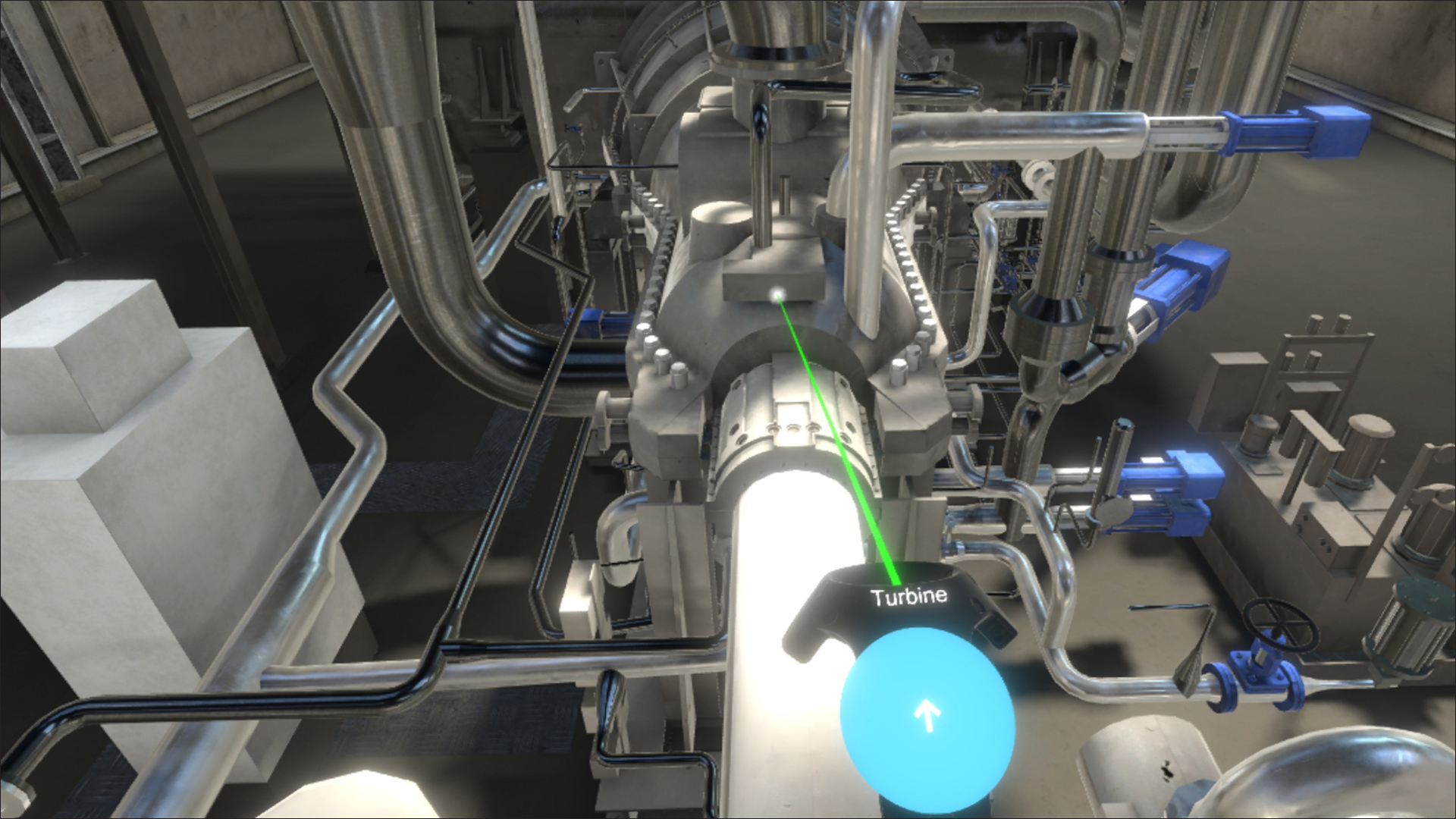
AR is another widespread technology, in fact, the second most popular and well-known after VR. AR stands for “Augmented reality” or “augmented reality. The essence of AR is that the computer does not generate a new reality, but only adds virtual objects to the picture of the real world.
In the simplest case, it is implemented as follows: the camera from the device (VR glasses, smartphone) captures an image of the “real” reality, and the computer “on the fly” processes this image and superimposes virtual objects on the picture.
In general, AR is simpler than VR, and this technology does not require such sophisticated software and powerful hardware as a full-fledged virtual reality. But that is in most cases. Still, there are individual situations where AR is even more complex than VR. For example, when using the technology of computer vision and AR need to accurately determine what object is in the field of view in order to automatically determine the algorithm of action.
Examples of using AR
There are, in fact, quite a few. Despite the fact that augmented reality technology seems to be simpler than full-fledged reality technology, there are a lot of ways to use AR. Here are just a few examples of how and where AR can be used:
- Video games. Remember the excitement around Pokemon Go in 2015-2016? The player would walk through the streets of his city, find a Pokemon, point his phone camera at it and “catch” it. At the same time, the game character itself was superimposed on the picture from the real world;
- Architecture. You can visualize buildings or other objects on the fly, and immediately get an approximate result of how the finished building will look in reality;
- Education. Students can see a three-dimensional image of an object in real time, overlaying it with a picture from the real world. AR can replace notes or computers, but that’s only half the potential. There are disciplines, like medicine or engineering, where visualization is important – using AR can improve the comprehension of the material;
- Military. It’s about training personnel: AR is used for soldiers to train their reactions and reflexes. In addition, AR can be used to train pilots or gunners: they learn to recognize objects (airfields, railroad hubs, enemy military bases) from virtual mock-ups that are superimposed on a very real topographical territory.
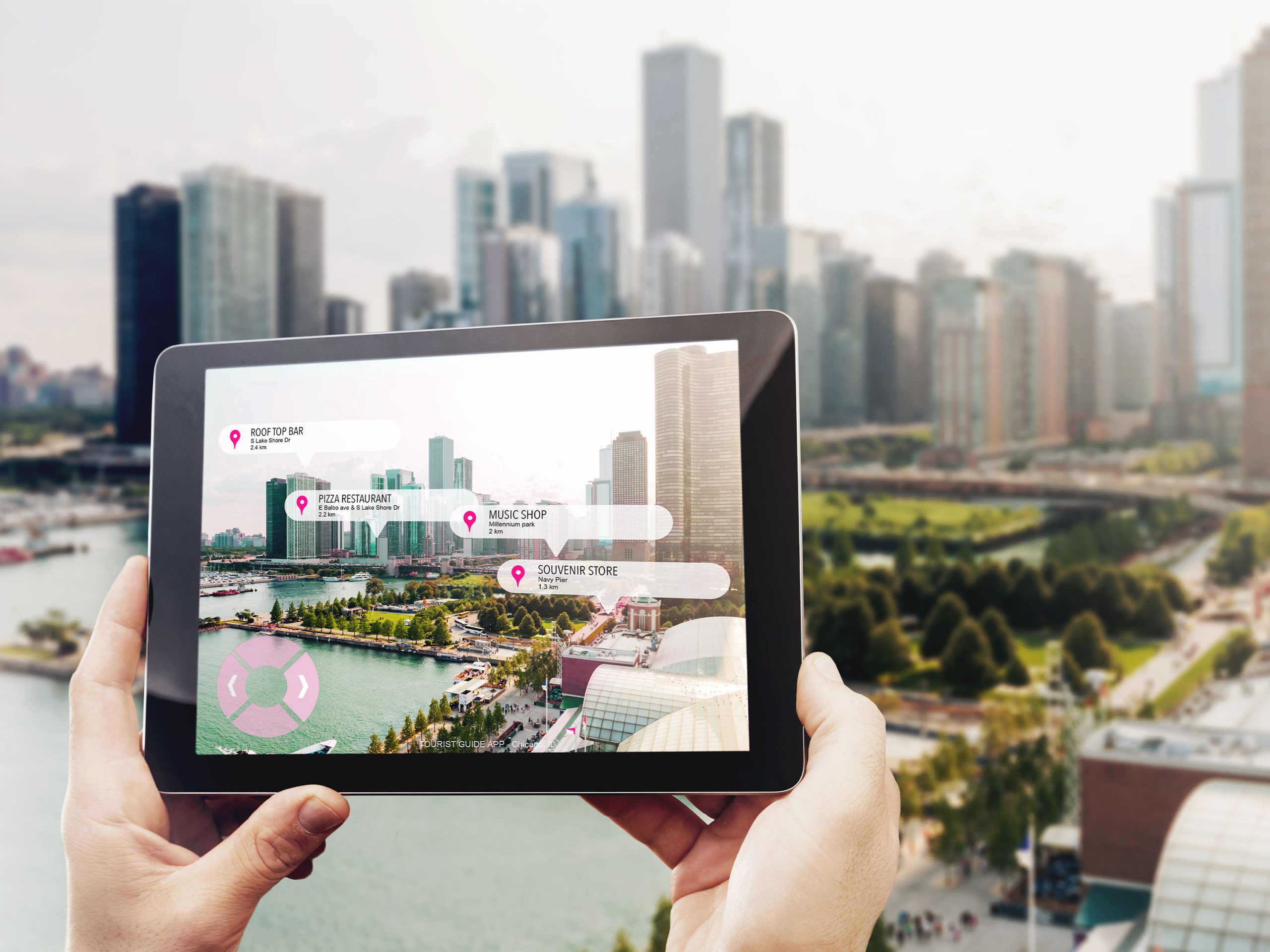
This technology has as much potential as VR. Most likely, in a few years the area of application will expand even more, and there will be even more talk about AR.
Experiencing AR in practice
Seeing augmented reality is easy. A large number of both educational and entertaining applications have already been created for smartphones. They use the phone’s regular camera: the user points the lens at the surrounding world, and the processor refines the virtual objects.
AR is also a built-in feature for VR helmets if they have an external camera built in. That is, owning a VR helmet allows you to use AR technology.
Cases using AR
In some stores, customers can use AR to find out more information about a product. Harley Davidson Motor Company has developed a smartphone app that customers can download to choose their motorcycle. In the application everything is customizable: it is possible to choose a particular model of motorcycle, choose colors and equipment. In this way, the client can see exactly what he needs in advance.
Already now AR-helmets are used to work with complex mechanisms. We are talking about any equipment, including industrial ones. In advanced American car repair shops, AR helps mechanics detect and fix the problem in the car. This can be done using both software in the form of algorithms or artificial intelligence, and IoT, when the helmet is connected to the car’s equipment.
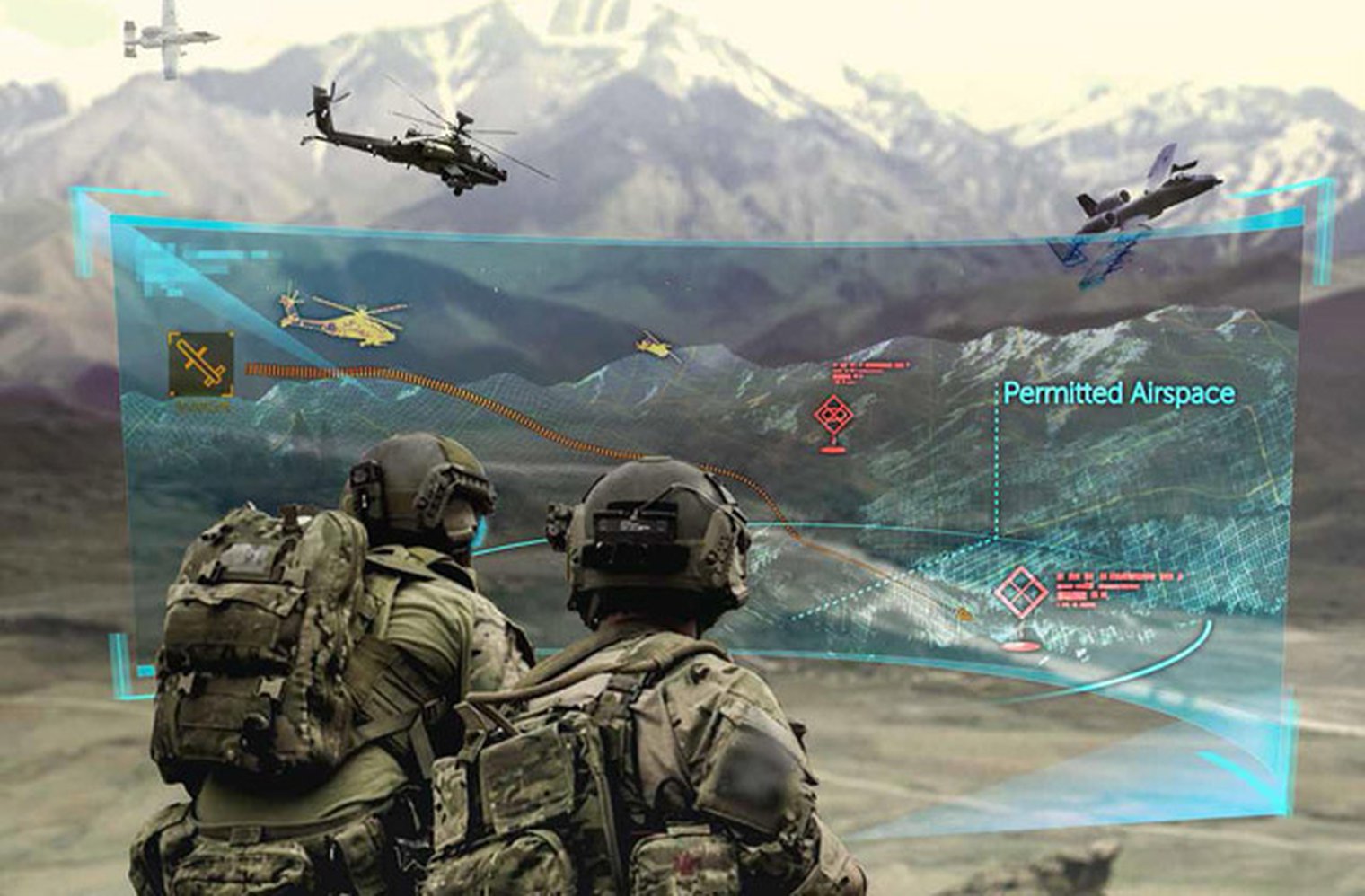
AR is used in room design. Previously, computer software and modeling programs were used to create a layout, which took time and skill to work with. With AR, you can quickly imagine how a room will look with certain design solutions. This is useful for both the designer and the client.
DHL’s delivery service gives AR glasses to employees in warehouses. They allow employees to find the parcels they need faster, making it easier to sort items in the warehouse.
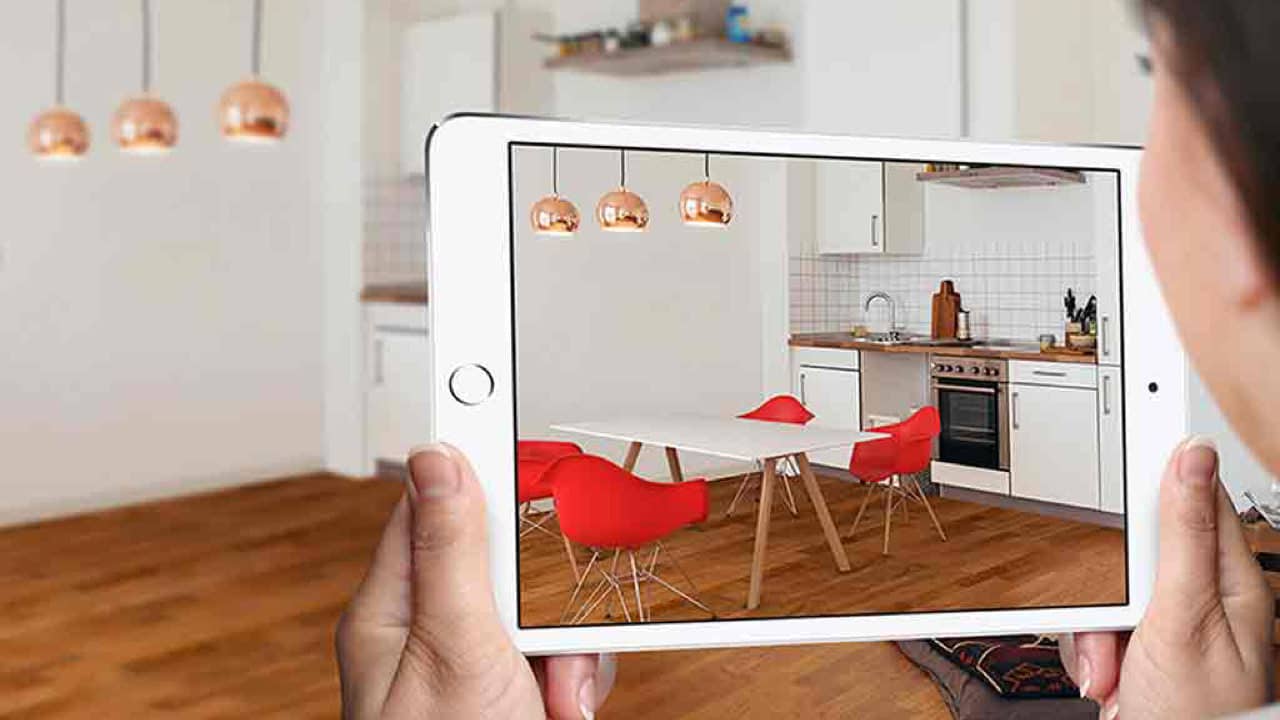
The possibilities for using technology in education are endless. One of the first ideas is to teach students astronomy. With the help of AR, students can get an interactive 3D image of space bodies, or, for example, the solar system. There are apps that can be used to navigate constellations. A camera points at the night sky and the software automatically draws full-fledged constellation maps and indicates the names of celestial bodies.
XR
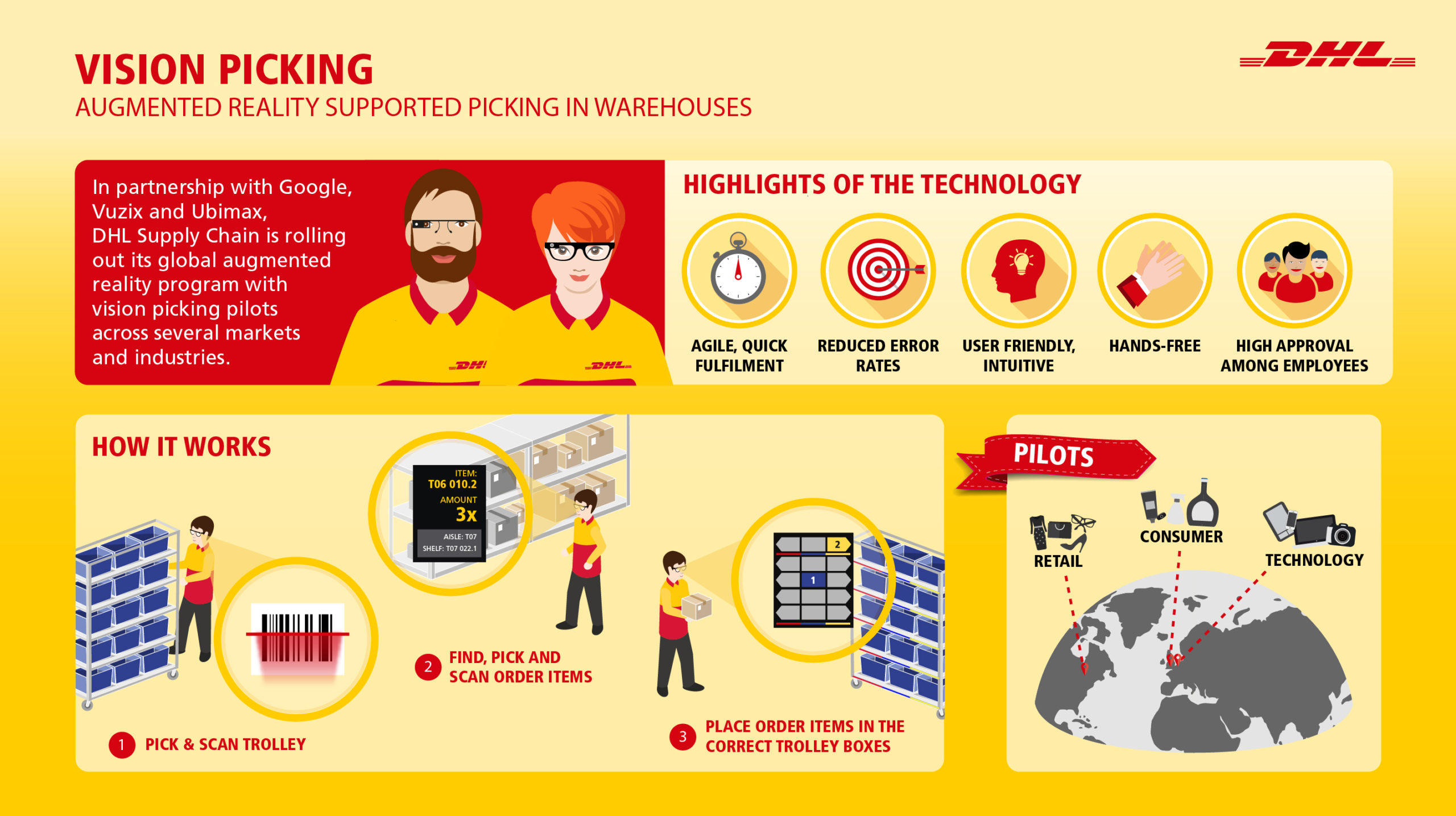
Возможности по использованию технологии в образовании безграничны. Одна из первых идей — обучение студентов астрономии. С помощью AR студенты могут получить интерактивное 3D-изображение космических тел, или, к примеру, Солнечной системы. Есть приложения, с помощью которых можно ориентироваться в созвездиях. Камера наводится на ночное небо, и софт автоматически дорисовывает полноценные карты созвездий и указывает названия небесных тел.
XR

Probably the most confusing acronym ever used for virtual realities. The confusion around the concept of XR has arisen because the term has been used in scientific papers and by marketers in different senses.
Very often the term “XR” is used to refer to AR, VR or MR. In this way, marketers try to intrigue buyers that their device uses a new technology. For example, this was the case with the IPhone – Apple promised XR-capabilities for the smartphone camera, but the XR turned out to be a conventional augmented reality (AR).
Another way to use the XR designation is to combine all such technologies into one term. In this case, XR can be both VR and MR, AR or CR. The term is used because there are a lot of similarities between the technologies and researchers often deal with problems with each of them.
In addition, XR can also mean something like improved MR. There is a concept that implies a partial merging of the virtual and real worlds. Some XR developments, for example, allow the user to take objects from the real world and copy them into the virtual world, and vice versa.
Examples of how to use XR
It all depends on the context in which the term is used. Most likely, by XR will mean any other virtual reality technology, so there’s no point in talking about specific examples – anything from VR, AR or MR will do.
On the other hand, some marketers advocate the uniqueness of the term XR. In this case, XR means a combination of AR and IoT – the Internet of Things. Devices from the real world affect the virtual world, and vice versa. In this case XR is quite unique: it can be used in education, in industry and manufacturing, in scientific research.
Practical example.
Let’s say there is a large company that has corporate servers. The staff that manages the servers can’t keep up with the tasks because of the awkward interface on the monitors. The company solves the problem by connecting wireless transmitters (Wi-Fi, Bluetooth) to the server, and the transmitter itself is connected to AR glasses.
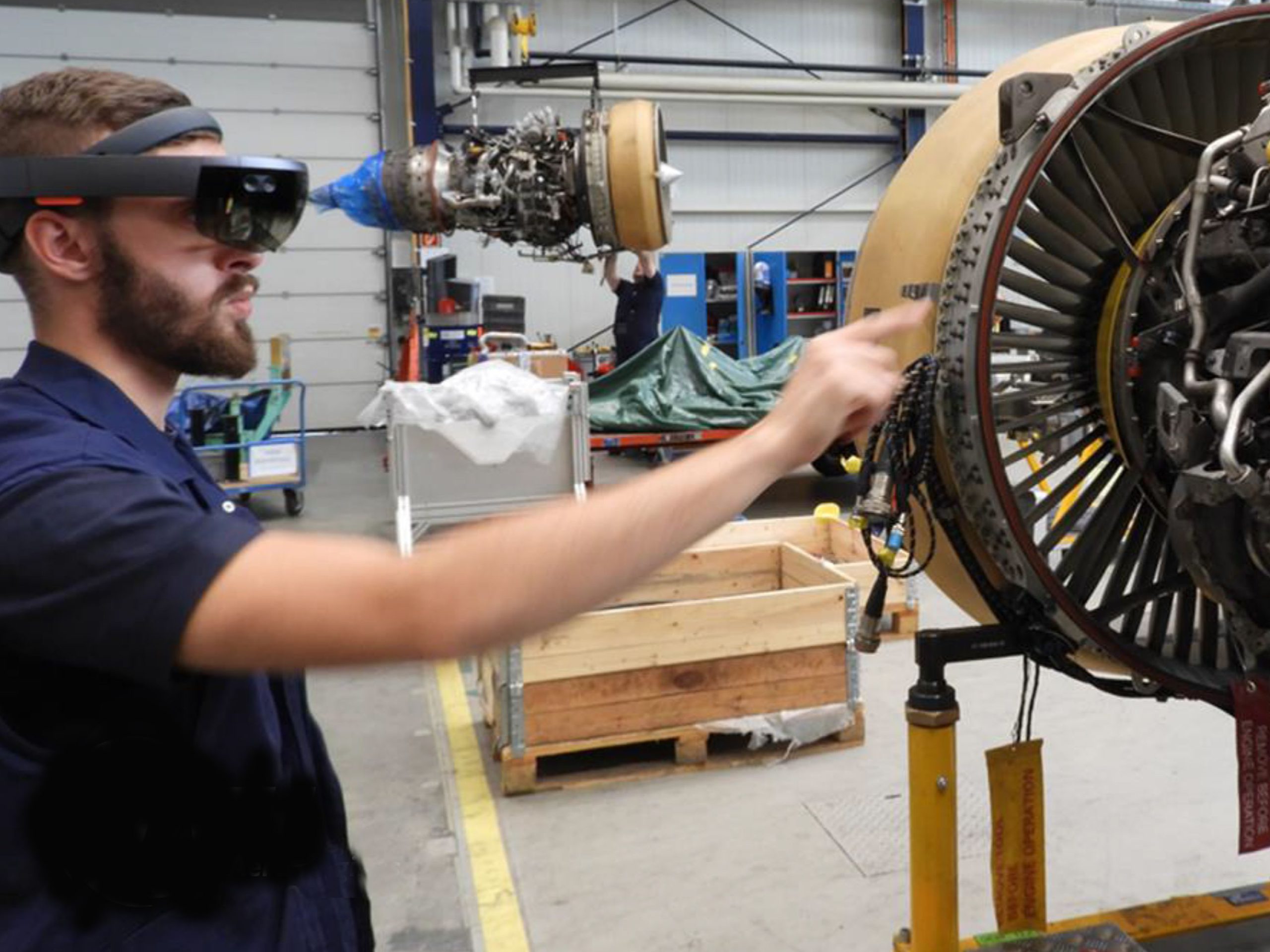
Now the employee can put on glasses and look at the servers (literally). An AR window will appear next to them with real-time server status information. The IoT connects to the helmet, and the user gets up-to-date information.
How to experience XR
Strictly speaking, the technology has not yet become mainstream because the IoT itself is still in its infancy. If someone advertises XR, they are probably talking about VR or AR, MR.
IT professionals, can come up with their own projects with XR: for example, connect the transmitters to their home computers and a Wi-Fi router. Set up the transmitter so that it transmits information about the status of the computers and router to the AR helmet. When you put the helmet on, you will see information about the status of the network and computers.
MR
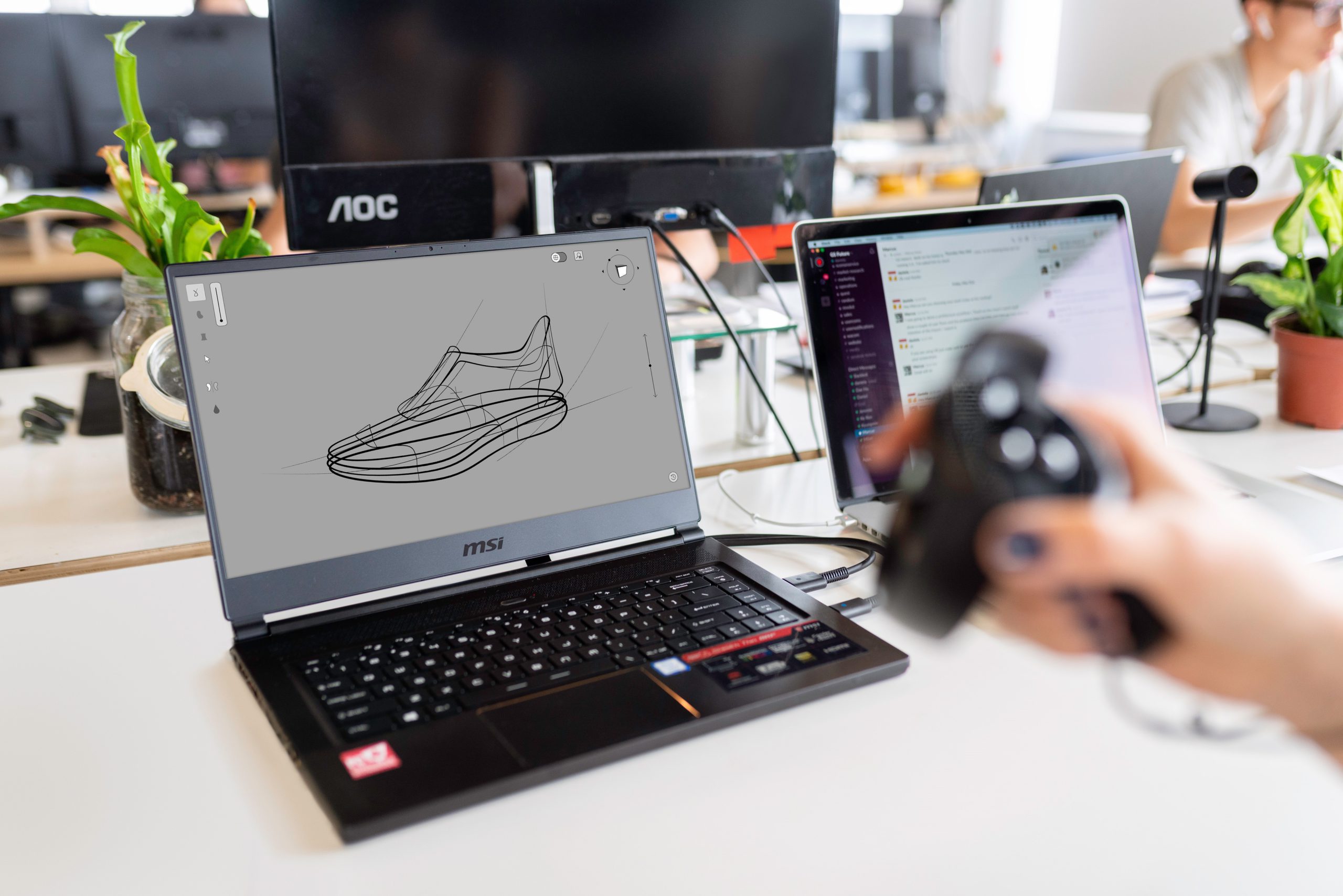
Mixed Reality (MR) is the most complex technology we are considering. “Mixed Reality” translates as “Mixed Reality,” and from the name alone the essence of the technology is clear.
The task of MR is to unite the virtual and ordinary reality to the point where a human can not tell the difference between them. To do this, the computer must be able to “finish drawing” 3D objects in the real world, recognize objects and analyze objects in the image.
In AR sketchiness is enough, the main thing – the practical result. The problem of MR, on the other hand, is more profound – virtual reality must fit perfectly into the real one in order to fully immerse people in it. All the senses (sight, hearing, etc.) should be simulated, the objects should have a believable scheme of behavior, they should be interactive.
Mixed reality should be multi-layered, that is, the real and virtual worlds are processed by the computer simultaneously, with the processor creating a third, mixed world. Real and artificial objects must interact with each other.
Examples of use
Mixed reality can be used in any way you want. You can do literally anything with MR, and we’re talking about entertainment as well as practical tasks. MR is already being used for business (task management) and for education (simulation of phenomena and objects). In addition, there are successful cases of using MR for military training.
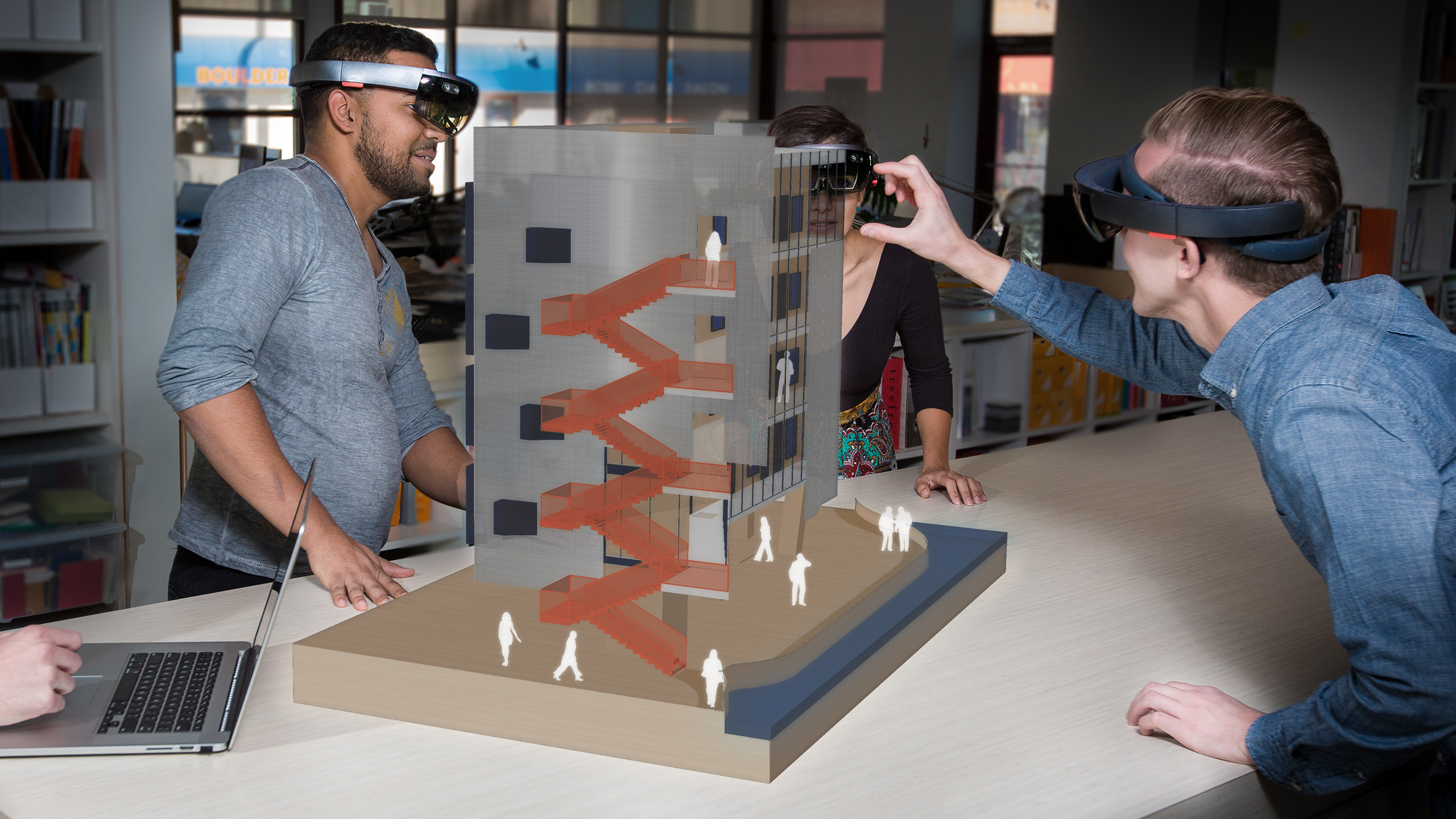
Mixed reality is used in practice and for medical purposes. During complex surgical procedures the doctor sometimes has to visualize biological objects or phenomena, and MR helps with this. In addition, medical personnel need to constantly interact with each other, and MR speeds up this process and makes it more visual, resulting in greater efficiency.
Another promising direction is remote work. Employees can “go to work” from the comfort of their own homes. Their interaction will not differ from the usual live communication. Teams can be international, with a reduced need for knowledge of foreign languages – speech will be translated in real time by the computer. Mixed reality will also help organize a collaborative workspace to share ideas and results.
Experiencing MR
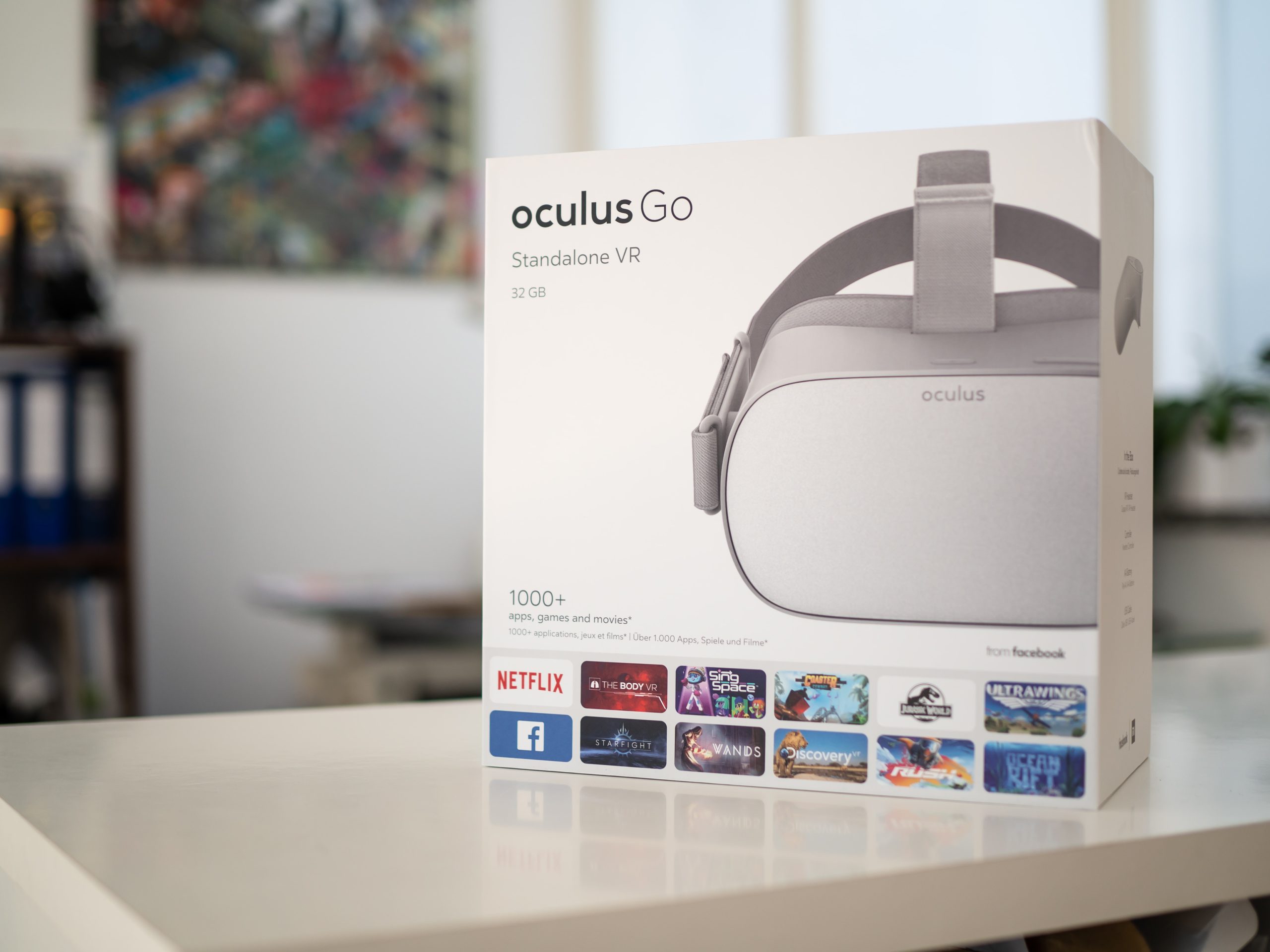
MR is actively developing, and there are already mass-produced MR helmets. They are more expensive than ordinary VR sets, and they have a more complex device. Mixed reality software is written for specific needs: either for business, or education, medicine, or the military.
MR-helmets like Microsoft’s HoloLens are expensive, and they do not have many useful applications for the average user, because there is not much software. We, ordinary users, have to make do with VR or AR for now.
MR Cases
The aerospace corporation BAE Systems uses MR for a number of applications. For example, the company used MR to develop an electric rocket engine. MR sped up development by 50 percent because HoloLens helped employees find a more efficient way to assemble the engine.
Ford uses Microsoft HoloLens to work on various automotive concepts, mostly design-related. Engineers’ designs are superimposed on real-world layouts with the MR helmet, after which specialists have the opportunity to examine the concept more closely and test it under specific simulation conditions. The same approach to MR is used by Renault, Volvo and Audi.
Buildings and other facilities that are under construction often require a design review by engineers. With MR helmets, technicians can test different design solutions on a facility that is already under construction.
CR
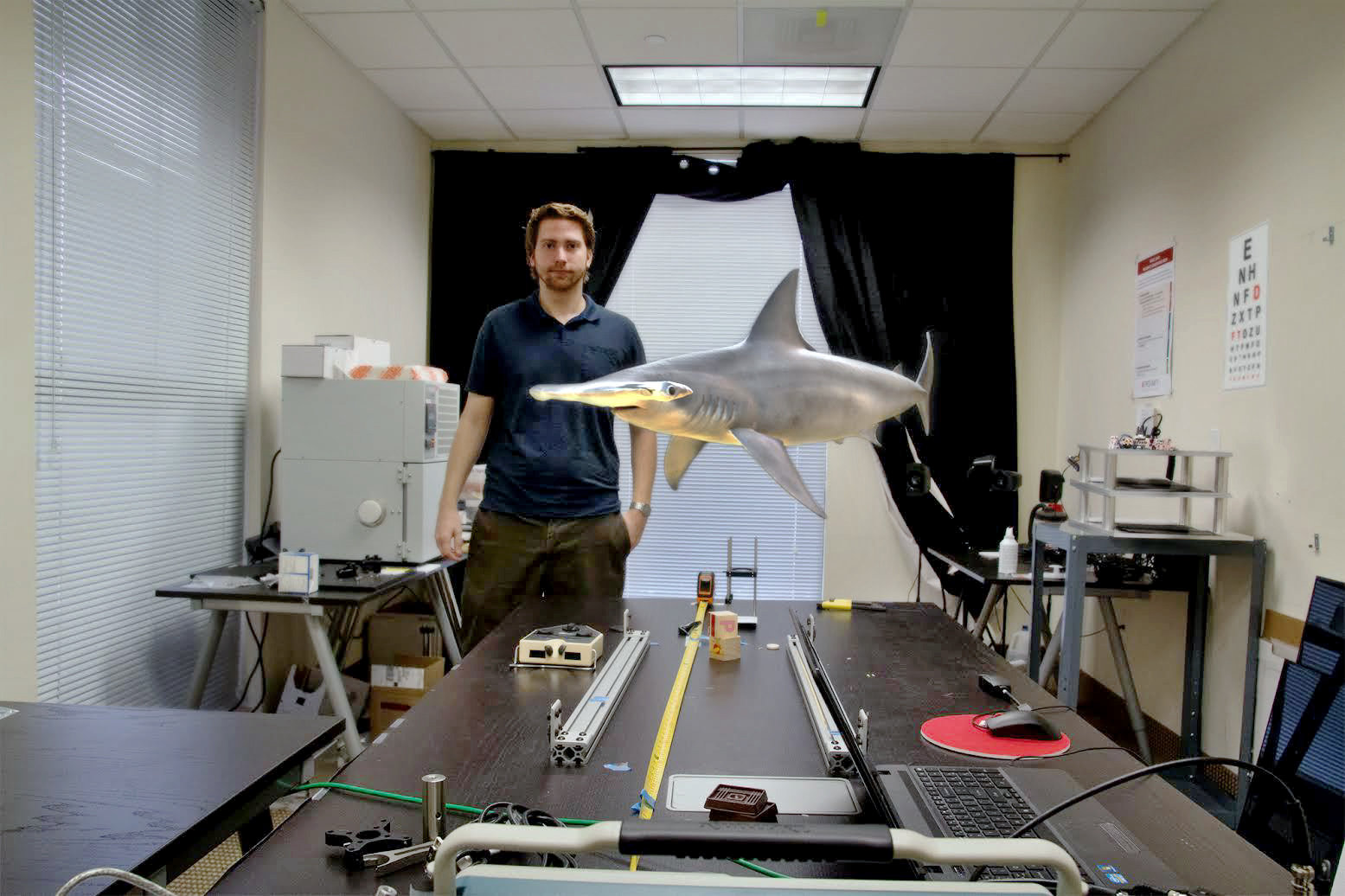
In 2014, the startup Magic Leap raised more than $500 million to develop CR – Cinematic Reality. Quite a lot of money in Magic Leap, among other things, was invested by Google. The idea of CR, or CVR (Cinematic Virtual Reality), appeared long ago, but only in Magic Leap dared to work actively on the technology.
CR is AR at the maxims. Start-ups want to make AR so high-quality that the virtual objects could not be distinguished from real ones – like in the movies.
Imagine a very advanced computer graphics with which to render robots or special effects like explosions. Can you imagine that? That’s the effect they want to achieve in Magic Leap, but the objects will be rendered in real time, not by post-processing the image.
CR is a bit like regular AR or XR. This is obvious, because the concepts overlap a lot.
In contrast to AR or VR, CR is more about marketing, because more or less serious development is done by a single company, and only it has a sufficient budget for that (half a billion dollars – no kidding!).
So far, Magic Leap has not released a finished, serious, and massive development. However, CR began to be frequently mentioned in foreign technology publications, sometimes on a par with other virtual reality technologies. It is likely that we should expect something encouraging and even revolutionary from CR.
Don’t confuse virtual reality and ARG
There is such a phenomenon as ARG (Alternate reality game). Essentially, it’s a well-designed interactive game that takes place in the real world. Sometimes players get into an ARG by accident, sometimes on purpose.
The goal of such games is to explore the story by doing certain things: using specific websites, calling a certain phone number, etc.
We mention ARGs for several reasons:
- The name “Alternate reality” itself is very similar to AR;
- Often gadgets are used in ARG: computers, smartphones;
- Some of the ARGs already use VR and AR technology.
As you can see, the two phenomena (virtual reality and ARG) are quite strongly linked, which can cause confusion. To avoid this, we immediately draw your attention: ARG – this is a conditional quest, which can be associated with VR and AR, and can be – and not associated. In fact, they are different phenomena, and ARG is only indirectly related to virtual reality.
Conclusions
VR is one of the main development trends in IT. Virtual realities are already being used not only in the entertainment industry but also for solving practical tasks, so VR, AR and other technologies are part of our future.
It is impossible to grasp these technologies right off the bat. We need to look at everything: the history of VR and specific devices. You need to study the examples of technology in detail, understand the prospects for further development, and be aware of the difficulties that technology developers face.
This article is the foundation. Here we’ve covered what VR, AR, XR, and MR are, and learned the differences between them. The more you delve into the topic of virtual realities, the better you will understand them.
